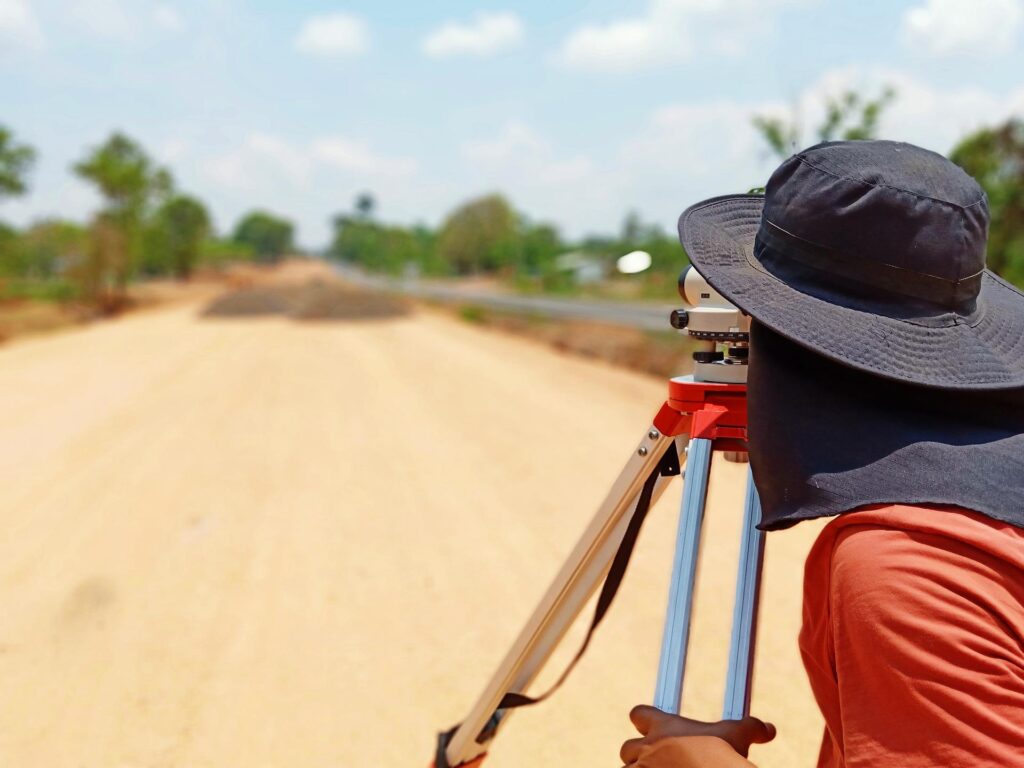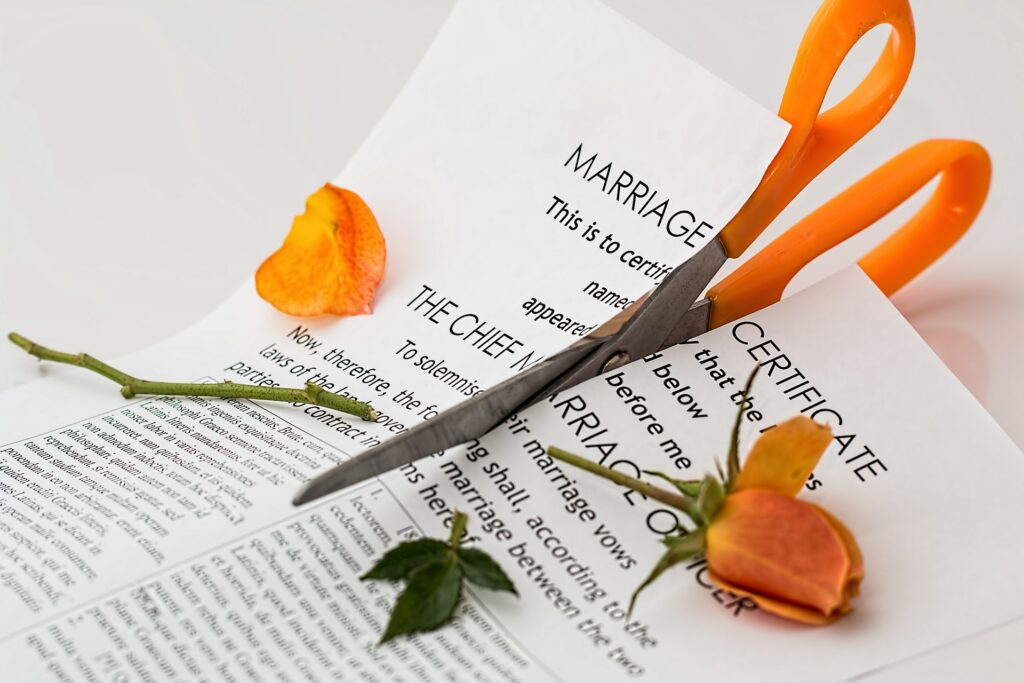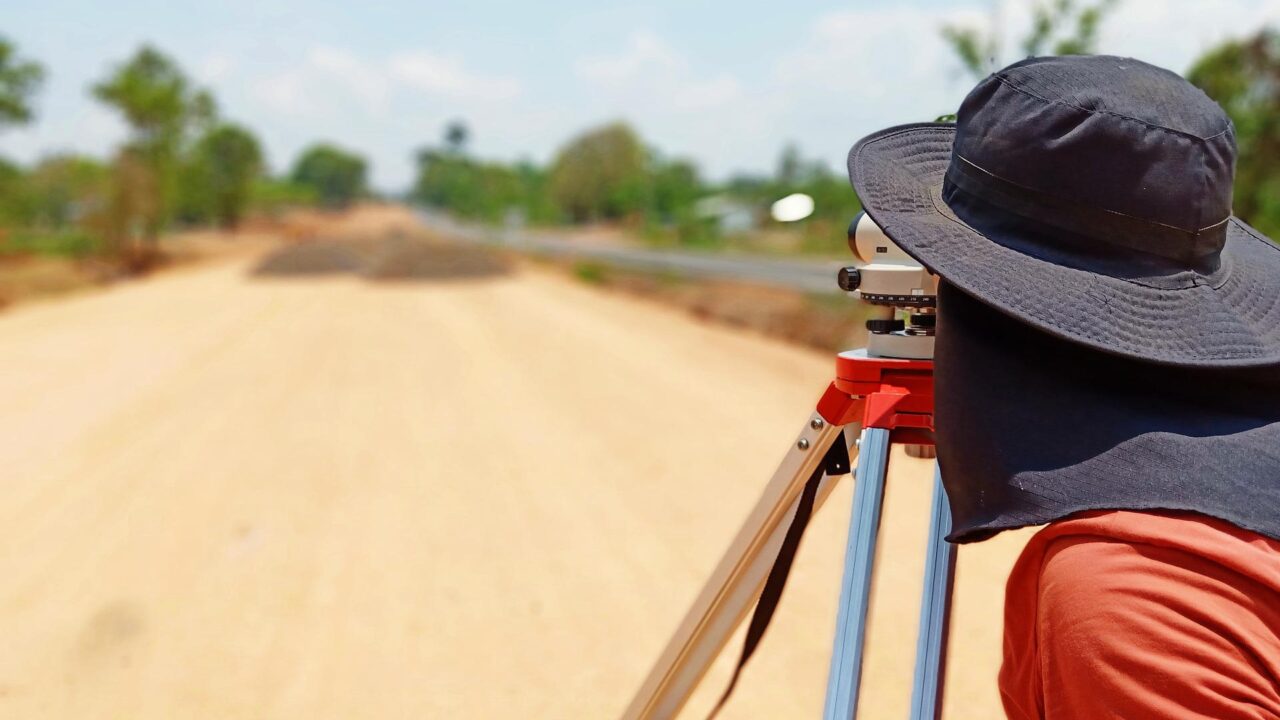When selling land or a detached house in Japan, real estate agents always say, “Let’s conduct a survey.” Even though the land area is recorded at the Legal Affairs Bureau, why is it necessary to go through the trouble of conducting a survey? Do you really need a survey when selling land or a detached house? In this article, I would like to answer these questions.
The Reliability of This Article
This article was written by someone with the following background:
- Over 15 years of experience in real estate brokerage at a well-known major real estate agency
- Successfully closed more than 300 real estate brokerage cases to date
- A certified 1st Class Financial Planner
- A Certified Financial Planner (CFP)
- A licensed Real Estate Transaction Specialist
Understanding the Exact Area: A Key Aspect

The recorded area at the Legal Affairs Bureau is not accurate.
In Japan, most of the land has its area recorded at the Legal Affairs Bureau based on measurements conducted a long time ago. The surveying technology used in the past was not very precise, and some measurements were even done using ropes by people.
In other words, when an actual survey is conducted, it often reveals a discrepancy between the recorded area at the Legal Affairs Bureau and the actual area.
Let’s put ourselves in the shoes of a potential buyer.
Imagine you find a piece of land that you really like, and when you inquire about the area with the real estate agent, they give you vague answers. It would be frightening and make you hesitant to make a purchase, wouldn’t it? After all, even a slight difference of one square meter can impact your ability to build the desired layout for your future home.
Achieving Clarity on the Target Area for Buying and Selling

It is also important to clarify the boundaries of the property being sold.
Let’s once again put ourselves in the shoes of a potential buyer. Imagine going for a site visit of the property and asking the real estate agent the following questions:
“Is the fence between this property and the neighboring house included? Is the portion that looks like a pathway part of this property?”
And let’s say the real estate agent responds with:
“I don’t know.”
It would be scary and make you hesitant to proceed with the purchase.
Having unclear boundaries of the property you are intending to buy is equivalent to paying millions of dollars for something that is uncertain and vague.
Determining Property Ownership Boundaries with Adjacent Lots

The most terrifying issue when purchasing real estate is boundary disputes with neighboring properties.
It is a terrifying experience when someone else claims ownership over a portion of land that you believe is rightfully yours.
To prevent such situations from arising, it is crucial to conduct an accurate survey of the land, meet with the neighboring property owners on-site to establish a clear understanding, and confirm the boundaries of ownership in writing.
Examining Encroachments from Adjacent Properties for Verification

While it may be visually apparent if trees extend beyond the property’s boundary, determining the encroachment of structures like fences onto neighboring land can be challenging, especially in the absence of clear boundary markers on-site.
By conducting a survey beforehand, you can accurately identify any encroachments on neighboring properties. Having this information in advance allows you to take necessary measures.
For example, you can negotiate with the neighboring property owner to resolve the encroachment or, in cases where immediate resolution is not possible, establish a written agreement to rectify the encroachment when undertaking future construction or renovation.
By taking these preemptive measures, buyers can proceed with confidence when purchasing a property from the seller, knowing that appropriate actions have been taken to address any potential boundary issues.
Land Subdivision Requires Surveying: A Vital Step

When selling a portion of land or when selling a large plot of land to a real estate agent, it is common to divide the land into separate parcels for sale. After purchasing the land, the real estate agent may divide it into multiple sections and sell them as newly built detached houses.
To divide the land, a survey is necessary. In this process, it is important to determine the boundaries with all neighboring properties, including public land such as roads.
However, surveying does not simply involve measuring the land. It also requires meeting with the owners of adjacent properties on-site to confirm the boundaries, and documenting the agreed-upon boundaries in writing.
Steps of the Surveying Process: A Comprehensive Overview
Land surveying is generally conducted following the steps outlined below:
- On-site survey and legal investigation
- Confirm the existence of boundaries and other factors.
- Conduct research on property rights at institutions such as the Legal Affairs Bureau.
- Creation of a preliminary survey map (to initiate property sales activities)
- Develop a “preliminary” survey map based on the findings from the initial survey.
- Note that the area may differ from the final confirmed results.
- On-site meeting with neighboring properties
- Verify the boundaries and boundary points of the land on-site.
- In cases where there are no boundary markers, the surveyor explains the estimated boundary lines based on the survey results.
- Exchange of boundary confirmation documents
- Document the findings from step 3 in written agreements between parties.
- Install boundary markers at points confirmed with neighboring properties where no markers exist.
- Completion of the final survey map (enabling real estate transactions)
- Once the final survey map is determined, the settlement of the real estate transaction becomes possible.
By the way, it is important to keep in mind that even past boundary confirmation documents exchanged with neighboring properties can be valid. However, if the other party has undergone a change in ownership or if the survey information is significantly outdated and lacks reliability, it may be necessary to establish new agreements. The determination of validity is within the purview of the surveyor.
Cost and Time Considerations in Surveying
It varies on a case-by-case basis, so it’s not possible to give a definitive answer, but the estimated cost typically ranges from around 300,000 yen to 1 million yen. The range is broad because it depends on factors such as the size of the land, the number of neighboring property owners, and whether it is a definitive survey or a regular survey.
Yes, land surveying can be quite expensive.
Therefore, it is recommended to obtain multiple estimates in advance. Let the real estate agent know that you would like to receive multiple quotes.
Regarding the time required, it also varies, but as a rough guideline, a regular survey usually takes about 2 to 3 months. Especially if the front road is a public road, it requires on-site meetings with government officials, which further extends the time.
Yes, land surveying does take a significant amount of time.
When selling real estate, it is typically a requirement for the survey to be completed before the property can be handed over. It often happens that even if the buyer is ready with the funds and the seller is ready for settlement, the transaction and handover cannot take place because the survey has not been completed.
It’s important to start the survey with ample time to spare.
In Conclusion
In the sale of land and houses, a survey is essential. I hope you understand and agree with the reasons why it is necessary.
Although the cost is high, please consider it as a necessary expense.
As mentioned before, it takes a significant amount of time. If you have already decided to sell the property, I recommend starting the survey as soon as possible.
To ensure that the buyer can purchase the property with peace of mind and to proactively prevent any potential issues, it is important to conduct the survey promptly.
I hope that you find the practical knowledge of real estate transactions helpful.
Thank you for reading this far. I appreciate your attention.










